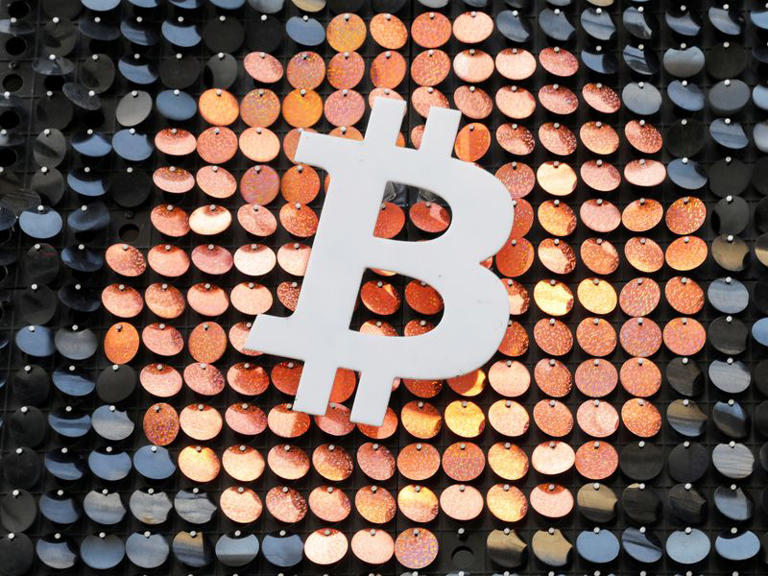Analysts at VanEck have indicated that the reward for mining Bitcoin could be halved as early as April. This event, known as the “halving,” is expected to have a substantial impact on the price of the cryptocurrency, according to their assessment.
Bitcoin halving
The process known as “halving” could result in a reduction of the amount of Bitcoin received by participants in the blockchain network from 6.25 to 3.125. This event limits the supply of Bitcoin in circulation, potentially decreasing the availability of new coins on the open market.
Halving occurs approximately once every four years, or after the network has validated transactions for a total of 210,000 blocks. The first halving took place in November 2012, when mining rewards stood at 50 Bitcoin. Subsequent halvings occurred in 2016 and 2020.
Over time, the mining reward is expected to diminish to 0.00000001 Bitcoin, known as a “satoshi,” which could become the standard reward until the proposed limit of 21 million Bitcoin in circulation is potentially reached around 2140.
When could the next Bitcoin halving occur?
Menno Martens, a Crypto Specialist at VanEck, has identified the upcoming Bitcoin halving, likely to occur around April 24 this year, as a pivotal event in the cryptocurrency market. He emphasized that previous halvings have resulted in notable rallies in both the price of Bitcoin and the overall market capitalization of the crypto market.
According to Martens, historical data indicates significant price appreciation surrounding previous halving events. For instance, after the first halving in 2012, the price of Bitcoin surged from around $12 to approximately $130 six months later. Following the second halving in 2016, the price soared from $660 to about $900 within the same timeframe. Similarly, after the third halving in May 2020, Bitcoin’s price surged from $8,600 to $15,700 by November of that year.
Martens suggested that this historical pattern indicates the potential for significant price appreciation both before and after the upcoming halving event.
Bitcoin’s recent rally
Bitcoin continued its impressive rally on Wednesday, surpassing the $61,000 mark and extending its upward trend for a fifth consecutive day. By 11:26 ET (16:26 GMT), the price of Bitcoin had surged by 7.9% to $61,251.2, edging closer to its all-time high of over $68,000 reached in 2021. Over the past seven days, Bitcoin has experienced a remarkable increase of more than 16%.
The cryptocurrency’s stellar performance this year has been attributed to various factors, including anticipation surrounding the upcoming halving. Additionally, a recent decision by U.S. authorities to approve exchange-traded funds (ETFs) directly tracking the price of Bitcoin has drawn significant institutional capital into the cryptocurrency market.
Analysts at Compass expressed optimism about the future of Bitcoin, expecting considerable upside potential in 2024, with Bitcoin potentially reaching levels of around $85,000 by the end of the year. They anticipate that ETF inflows will outpace available supply on exchanges, driving further price appreciation.
Furthermore, the possibility of Federal Reserve interest rate cuts in the second half of 2024 could encourage risk-taking among retail investors, according to analysts. Despite the ETF approvals, retail trading volumes have remained relatively subdued, possibly due to lingering concerns stemming from high-profile scandals and bankruptcies in the crypto industry.
MicroStrategy Incorporated, the largest corporate holder of Bitcoin, announced that it had recently purchased 3,000 tokens for approximately $155 million, providing further support to the cryptocurrency.
Additionally, a report from digital asset manager Coinshares revealed that crypto investment products witnessed a fourth consecutive week of capital inflows. In the week ending February 23, digital asset investment products saw inflows totaling $598 million, with Bitcoin ETFs accounting for the majority of the inflows. Notably, BlackRock’s iShares Bitcoin Trust recorded inflows of $543.5 million, partially offsetting sharp outflows from Grayscale Bitcoin Trust as it faced increased competition from new entrants to the Bitcoin ETF market.
